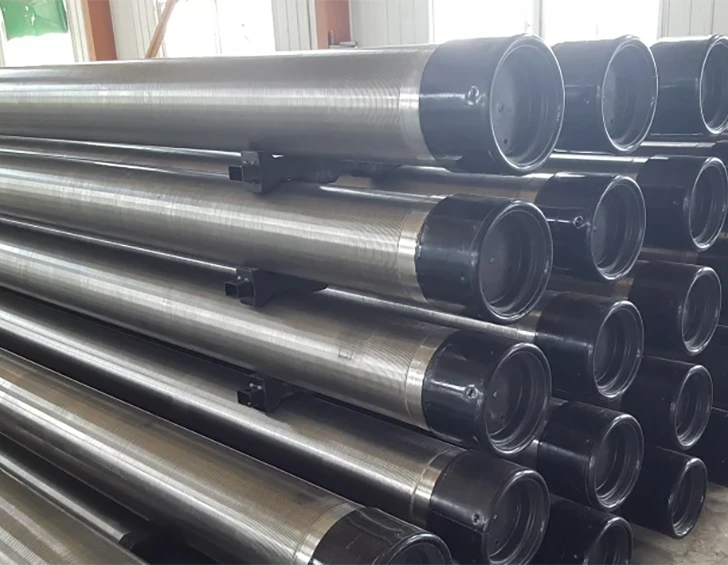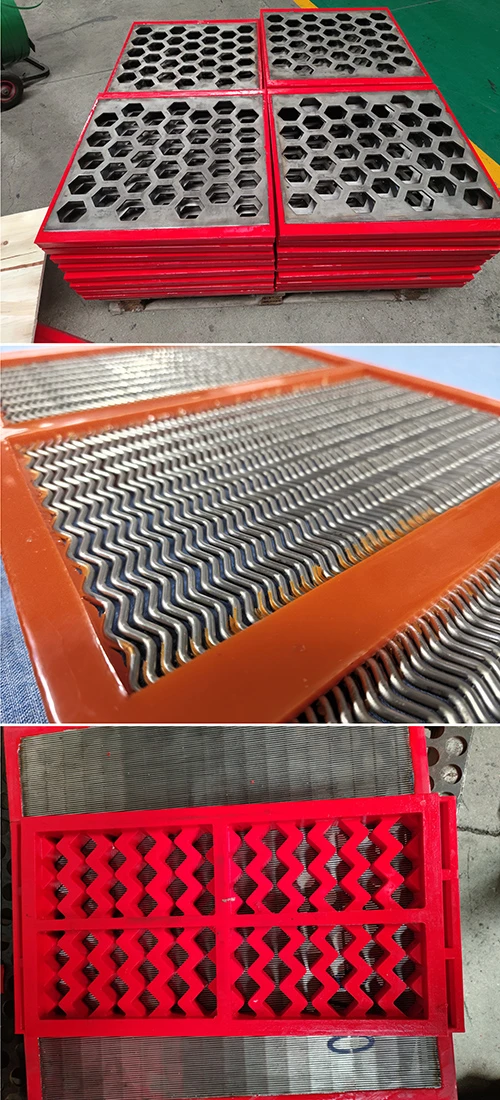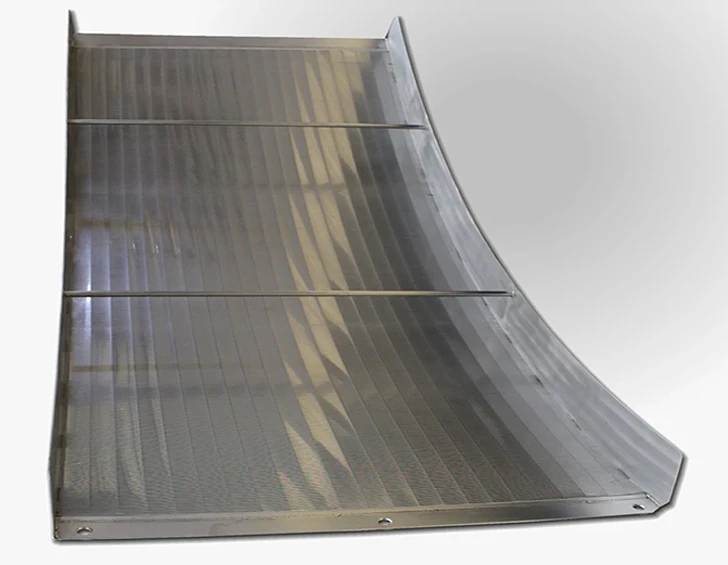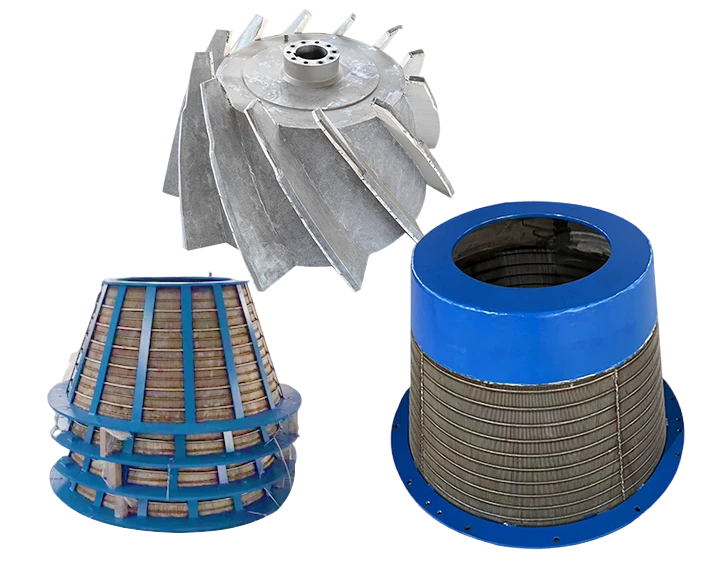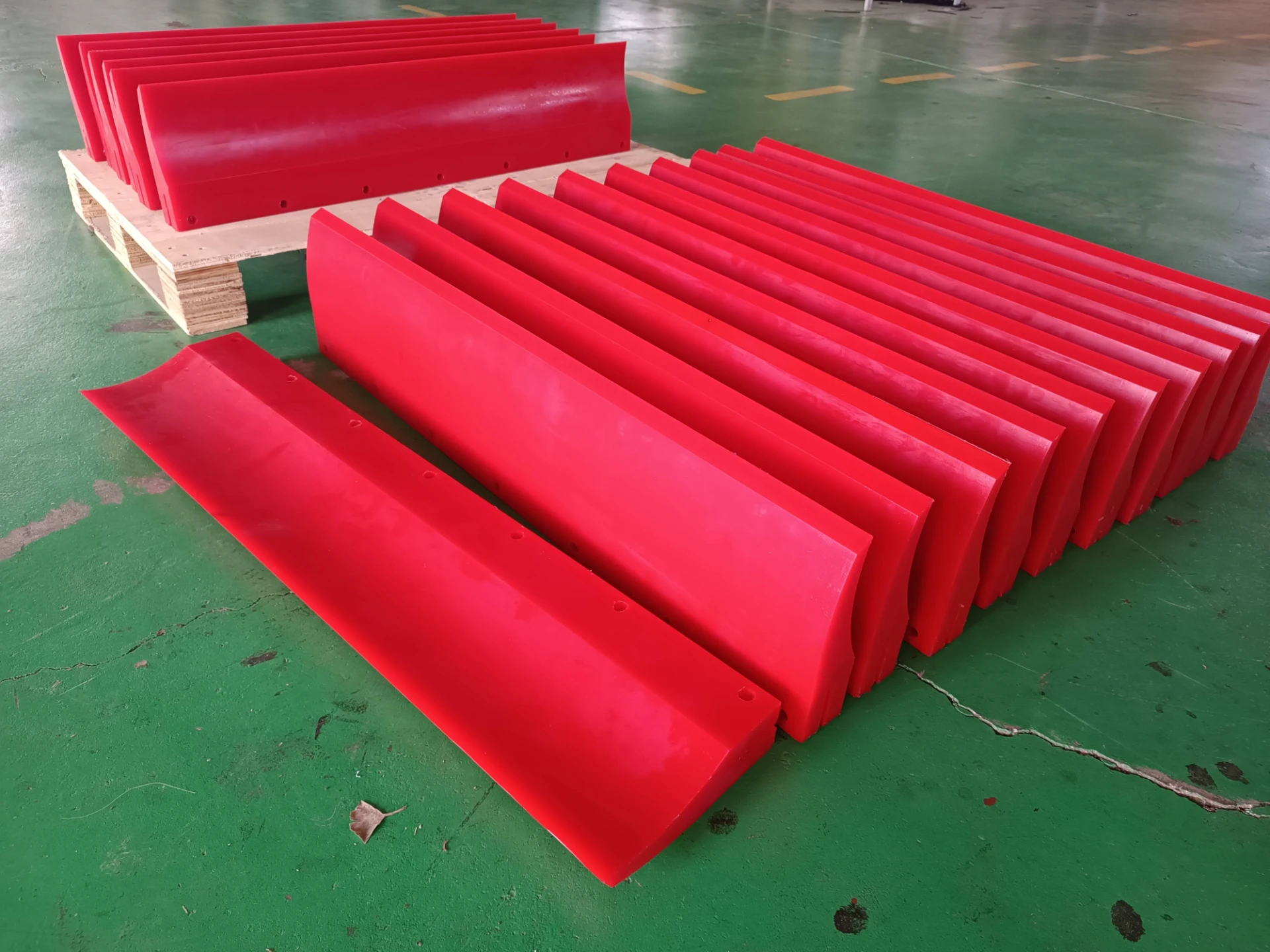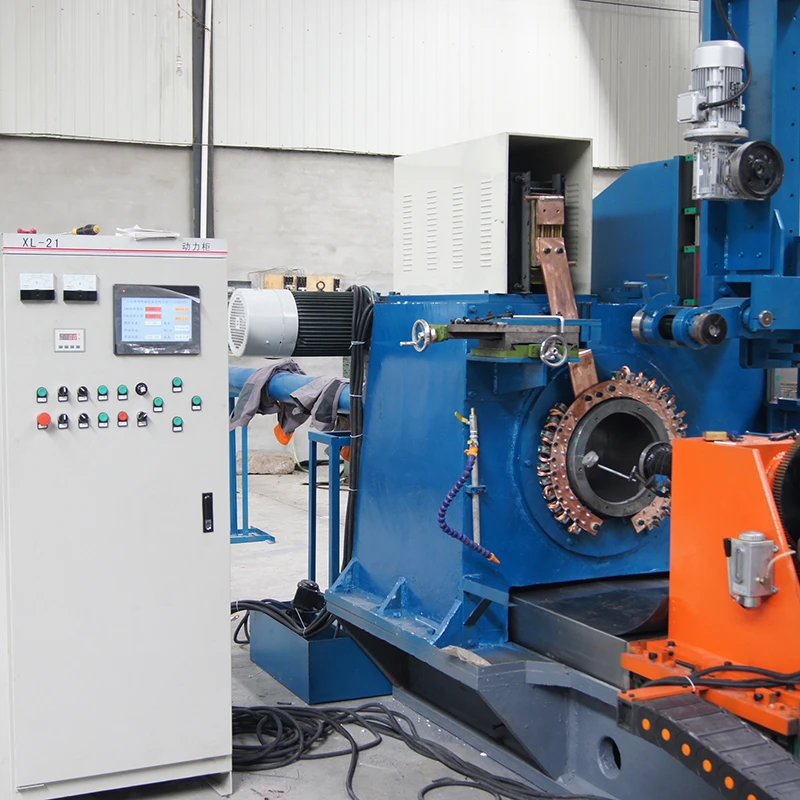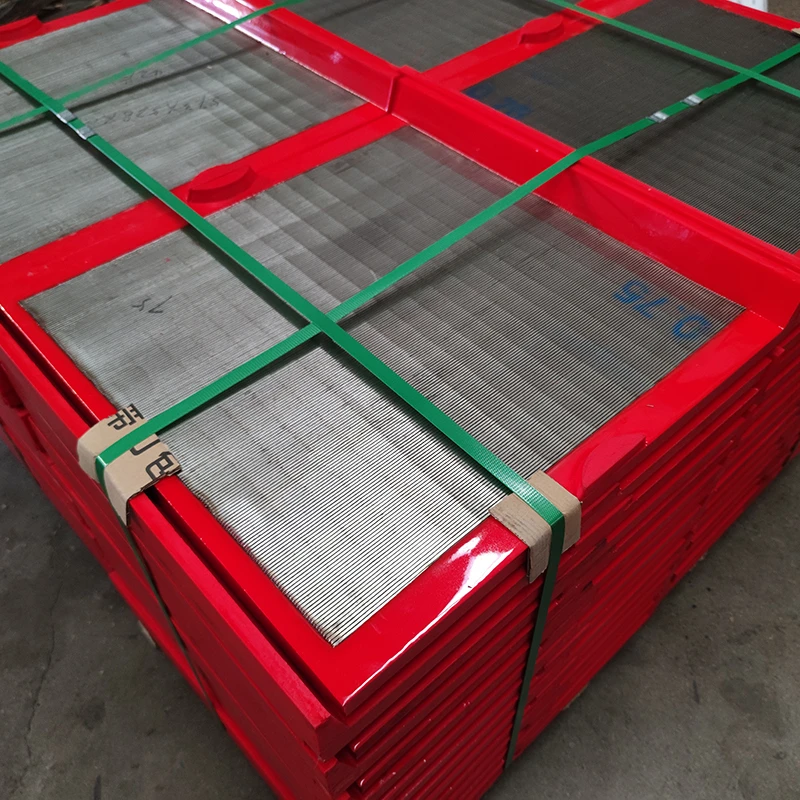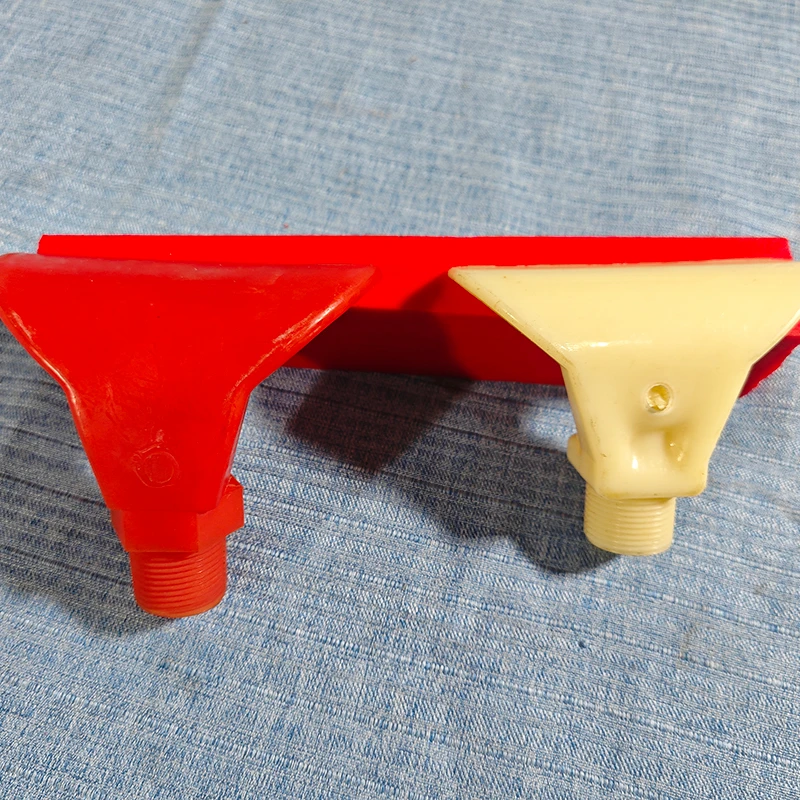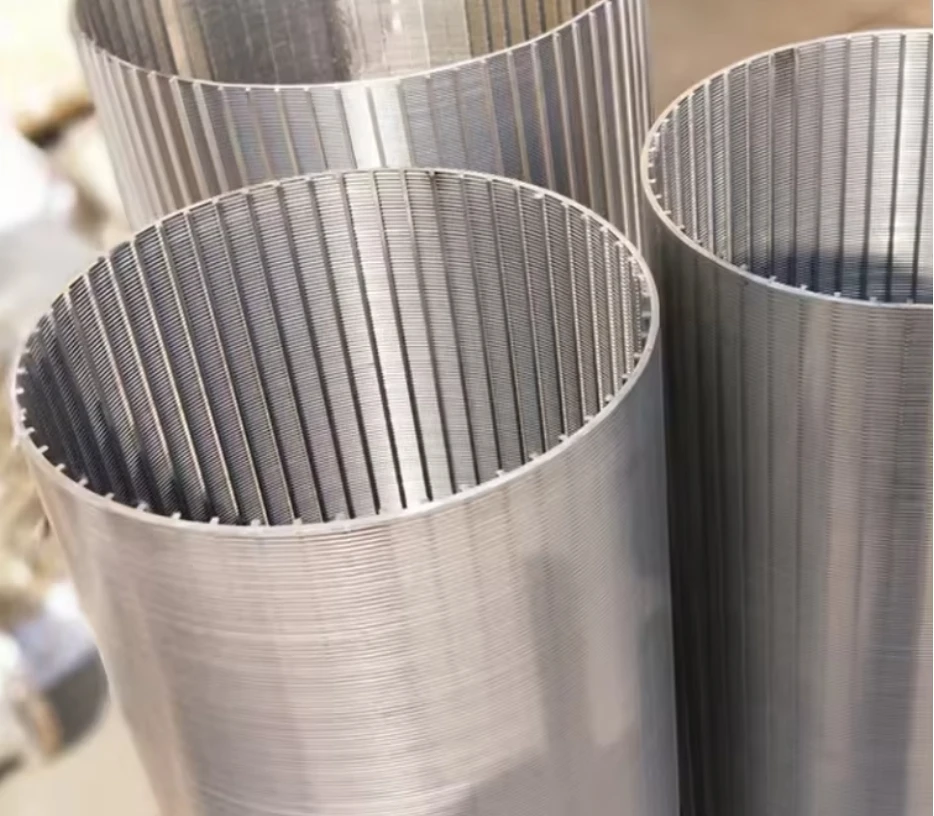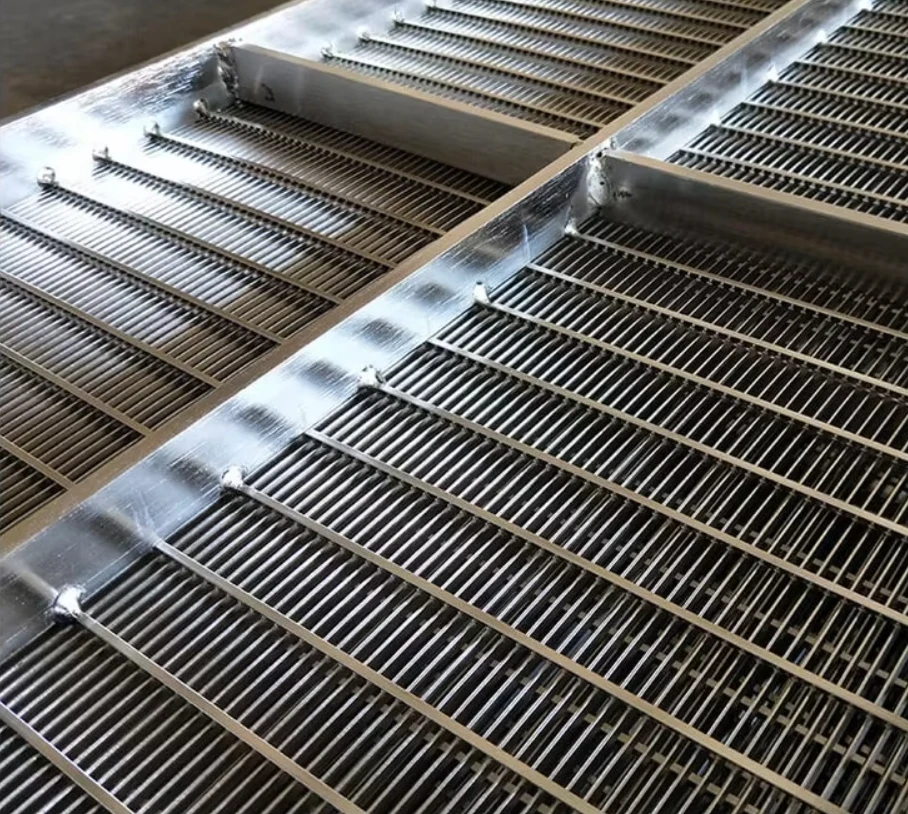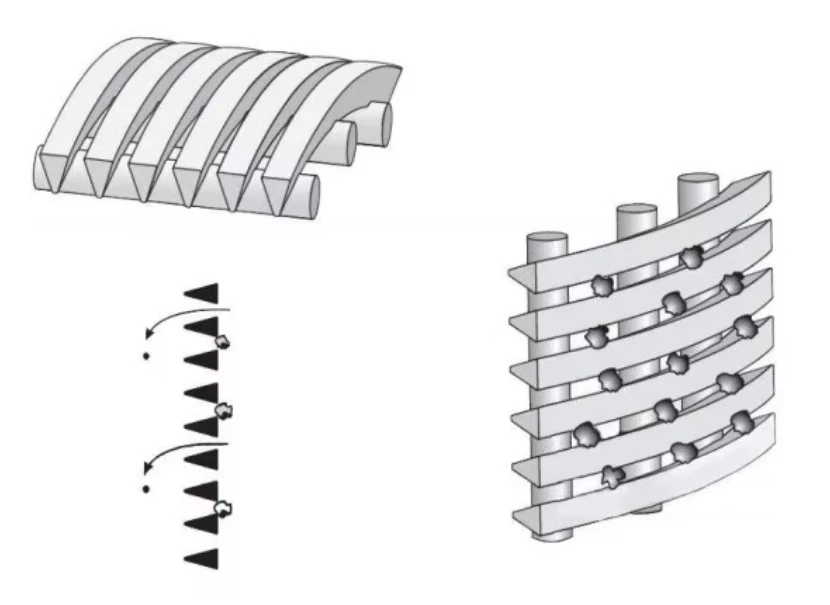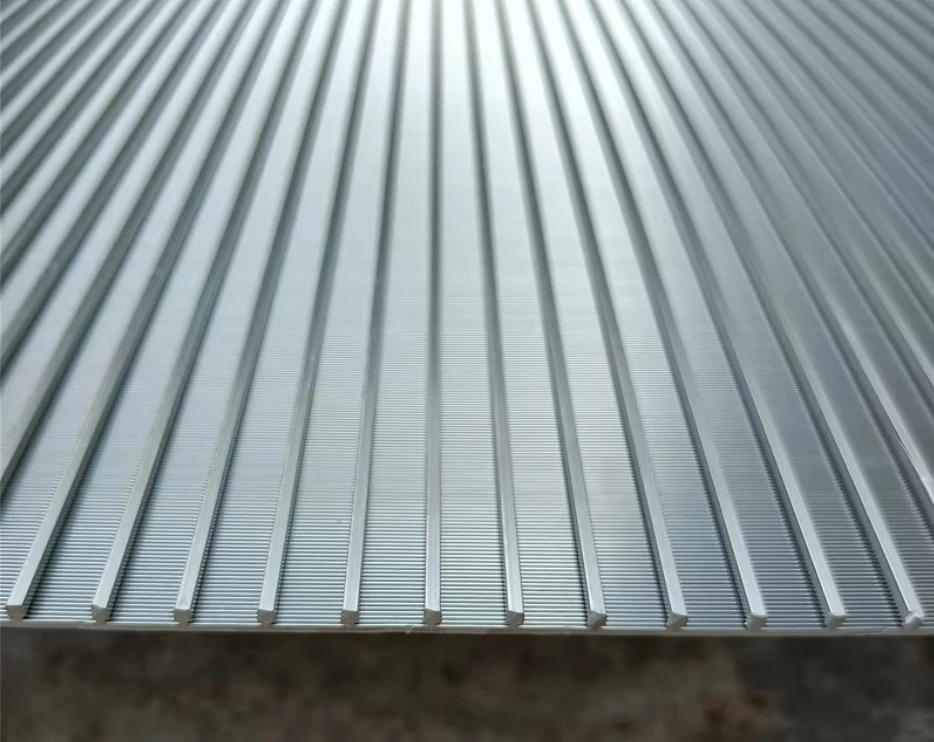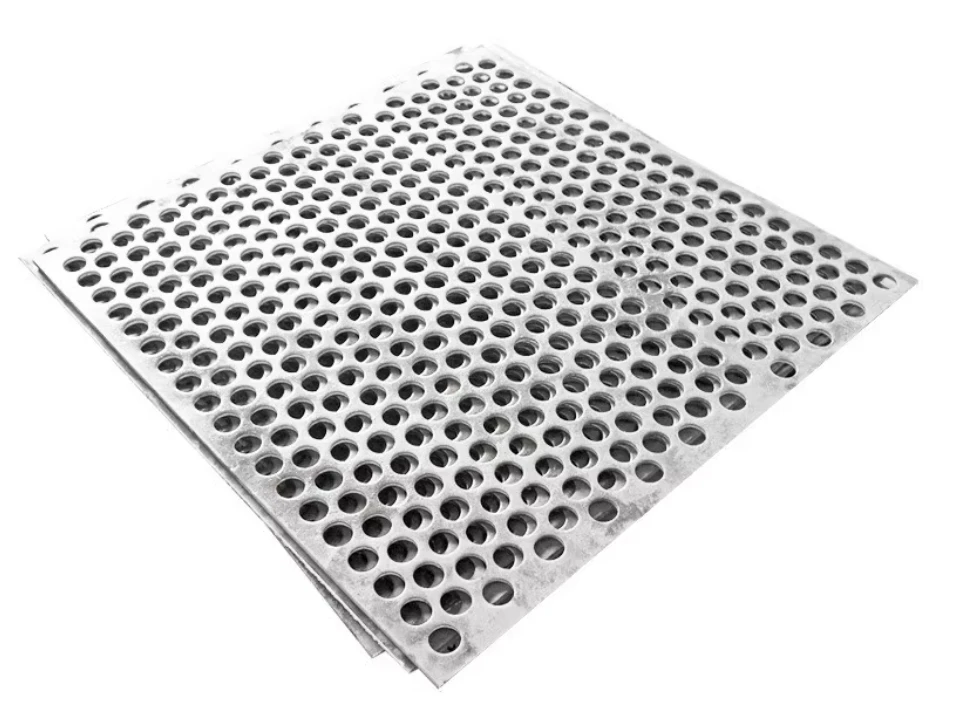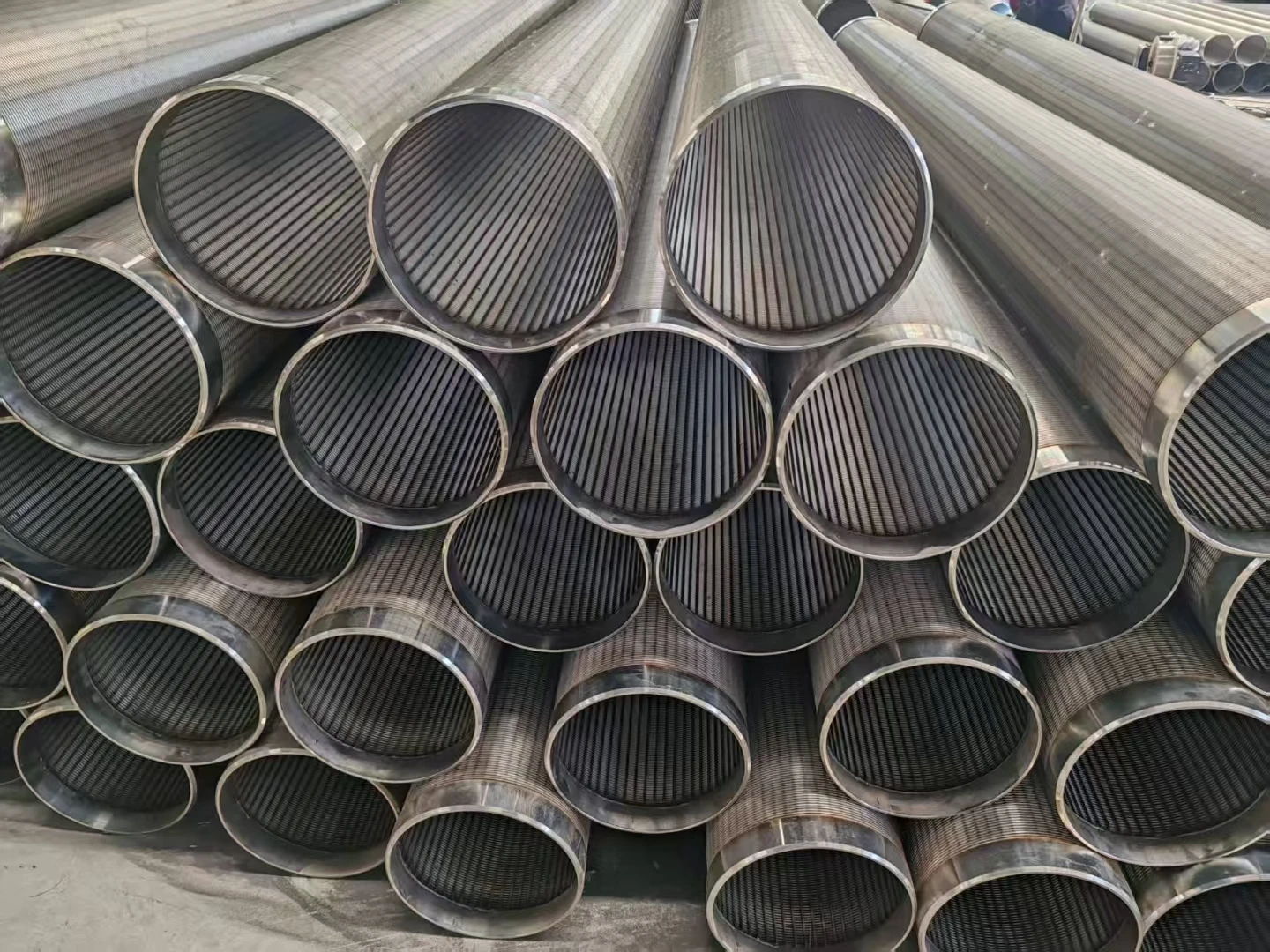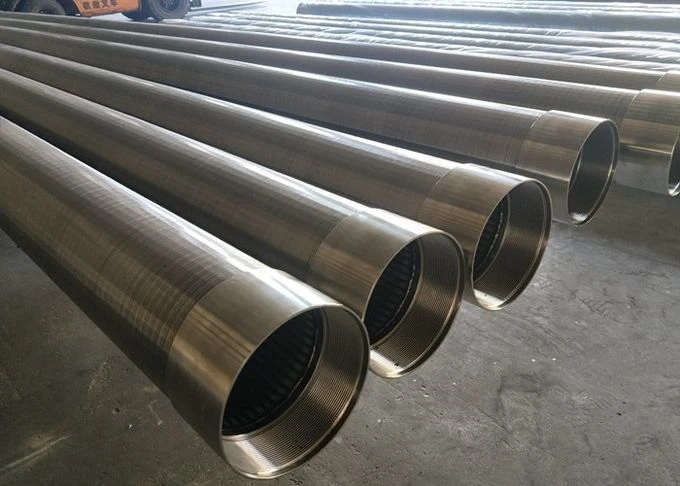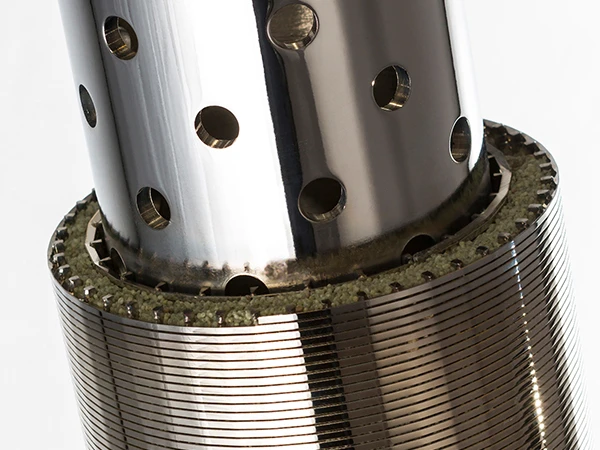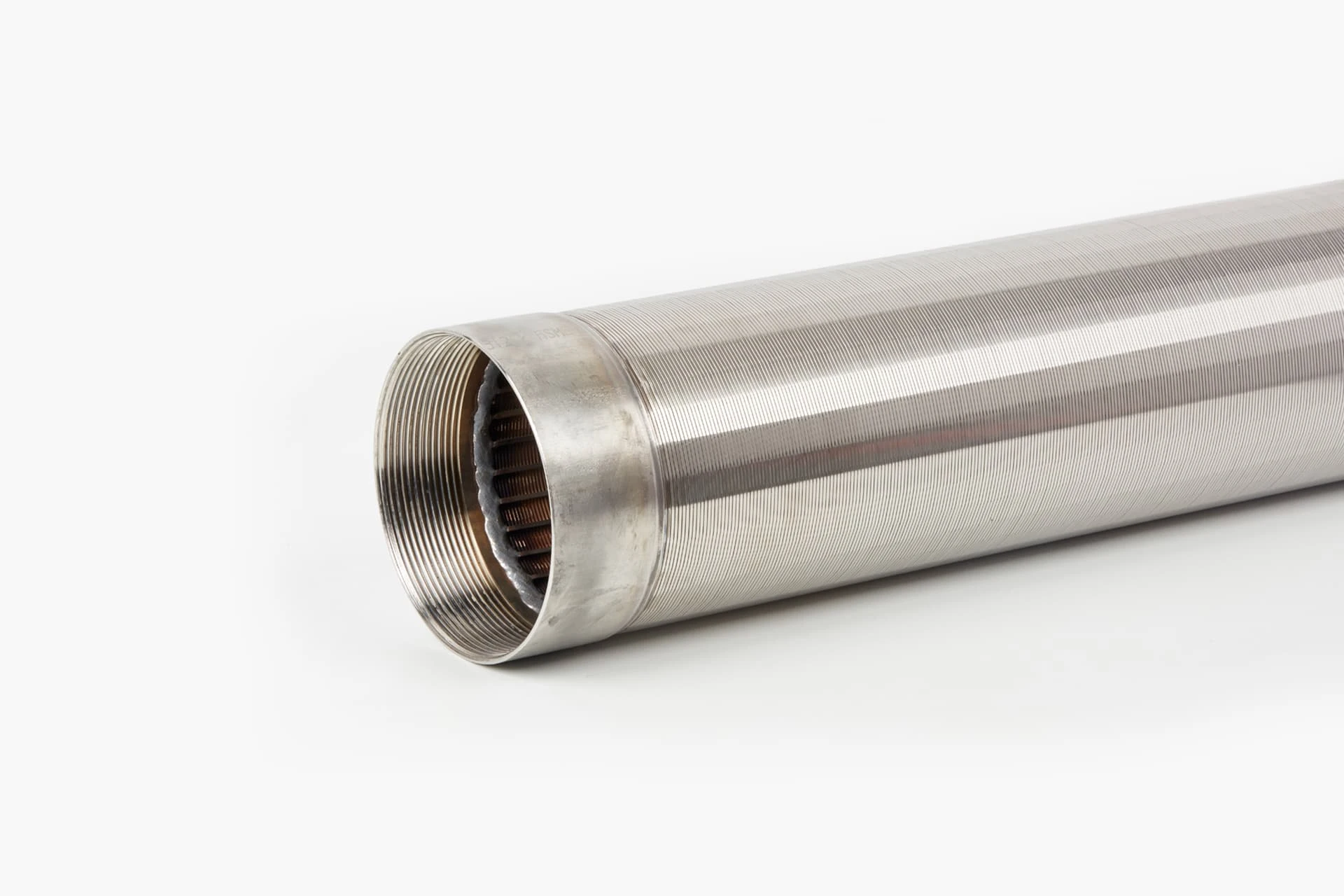- Understanding the Functionality and Design of Well Screens
- Material Innovations Enhancing Durability
- Performance Comparison: 2 Inch vs. 4 Inch Well Screens
- Technical Advantages Over Traditional Alternatives
- Manufacturer Showdown: Key Features and Pricing
- Custom Solutions for Diverse Applications
- Optimizing Longevity of Water Well Screens
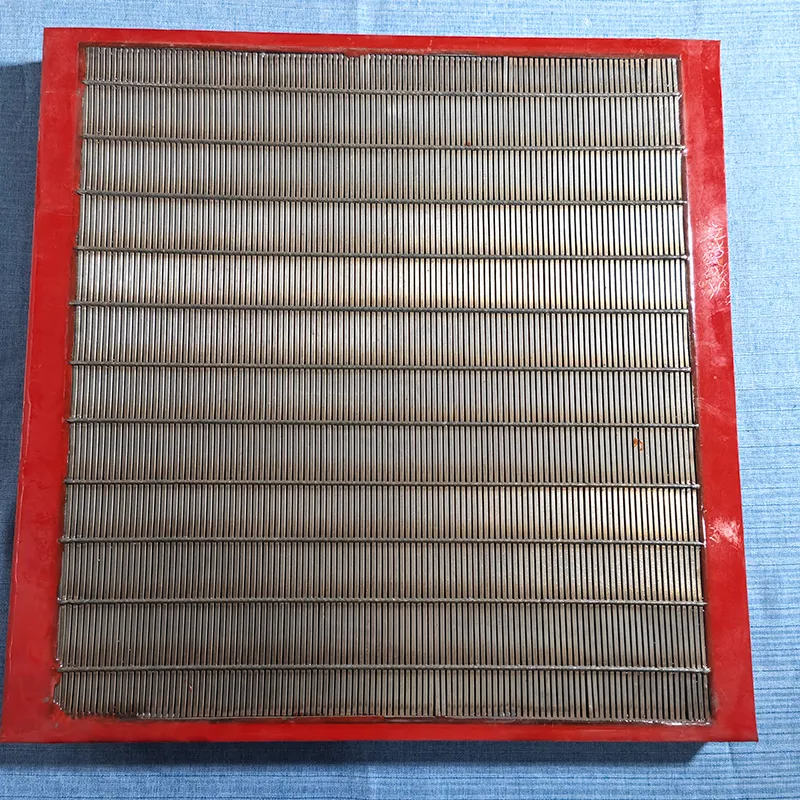
(what is a well screen)
What Is a Well Screen and Why Does It Matter?
A well screen is a critical component in water extraction systems, filtering sediment while allowing water to flow into the well. Constructed from materials like stainless steel or PVC, modern screens balance durability with cost-efficiency. For instance, 2 inch well screens are ideal for residential use, handling up to 10-15 gallons per minute (GPM), while 4 inch water well screens support agricultural demands at 25-40 GPM. The slot size, material grade, and corrosion resistance directly impact performance, making proper selection vital for system longevity.
Material Innovations Enhancing Durability
Advanced alloys and polymer coatings have revolutionized well screen manufacturing. Stainless steel 304L, used in 90% of industrial-grade 4 inch well screens, resists chlorides and sulfides, extending lifespan to 20-25 years. Meanwhile, PVC screens now incorporate UV inhibitors, reducing brittleness in shallow wells. A 2023 study showed coated screens reduced maintenance costs by 34% compared to uncoated alternatives.
Performance Comparison: 2 Inch vs. 4 Inch Well Screens
| Feature | 2 Inch Screen | 4 Inch Screen |
|---|---|---|
| Flow Rate (GPM) | 10-15 | 25-40 |
| Max Depth (ft) | 150 | 400 |
| Material Cost | $85-$120 | $200-$350 |
| Service Interval | 5 years | 7-10 years |
Technical Advantages Over Traditional Alternatives
Laser-cut slot patterns achieve 0.1mm precision, outperforming punched screens with 30% greater inflow area. Hybrid designs combining steel outer layers with PVC inner cores eliminate galvanic corrosion risks. These innovations enable 4 inch water well screens to operate at 85% efficiency after a decade, versus 55% for conventional models.
Manufacturer Showdown: Key Features and Pricing
| Brand | Material | 2" Price | 4" Price | Warranty |
|---|---|---|---|---|
| AquaFlow | 316 Stainless | $128 | $315 | 10 years |
| HydroShield | PVC-Coated Steel | $95 | $275 | 7 years |
| TerraCore | Carbon Fiber | $210 | $490 | 15 years |
Custom Solutions for Diverse Applications
Tailored well screens address unique challenges:
- High-Sediment Areas: Double-layer 2 inch screens with 50-micron filters
- Saline Environments: Epoxy-fused 4 inch well screens resisting 15,000 ppm salinity
- Arctic Zones: Thermally insulated models maintaining flow at -40°F
Optimizing Longevity of Water Well Screens
Proactive maintenance ensures 2 inch and 4 inch well screens exceed rated lifespans. Annual jet cleaning removes 92% of biofilm buildup, while electrochemical sensors detect pitting corrosion 6-8 months before failure. Partnering with manufacturers offering on-site porosity testing can reduce replacement costs by up to 60%.
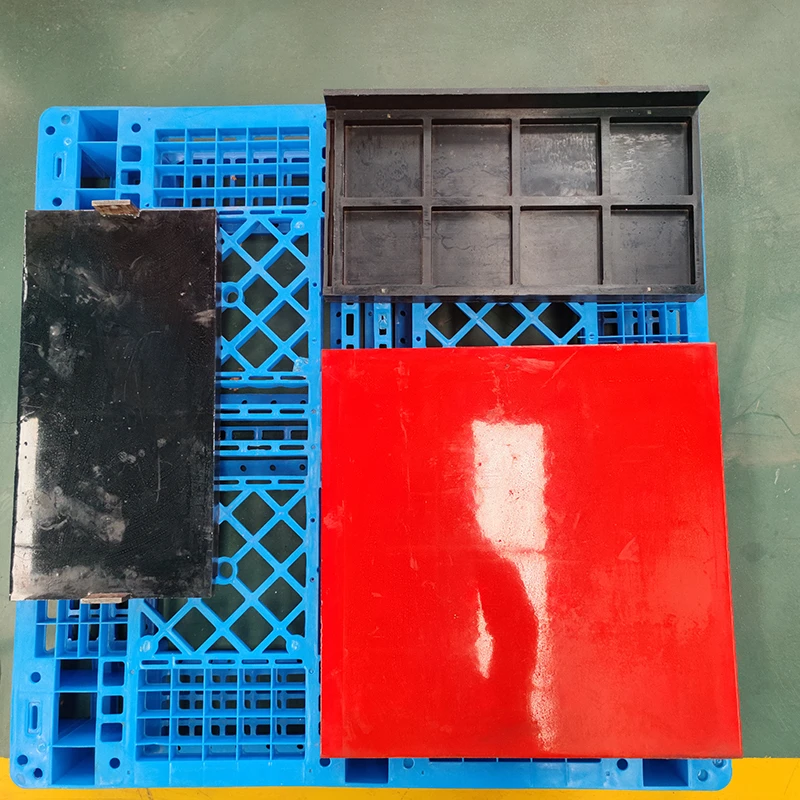
(what is a well screen)
FAQS on what is a well screen
Q: What is a well screen?
A: A well screen is a perforated pipe used in water wells to filter sediment while allowing water to flow into the well. It prevents debris from entering while maintaining structural integrity. Screens are typically made of stainless steel, PVC, or other durable materials.
Q: What are common uses for a 2 inch well screen?
A: A 2 inch well screen is ideal for narrow monitoring wells or residential applications with low water demand. Its compact size suits shallow groundwater sampling or small-scale irrigation. The smaller diameter requires careful selection of slot size for optimal filtration.
Q: How does a 4 inch water well screen differ from standard screens?
A: A 4 inch water well screen is designed for higher-capacity residential or agricultural wells. The larger diameter supports greater water yield and fits standard submersible pumps. It typically features stronger construction to handle greater groundwater pressures.
Q: When should I choose a 4 inch well screen over smaller sizes?
A: Choose a 4 inch well screen for deeper wells or applications requiring sustained water supply, like whole-house systems. The larger size reduces entry velocity, minimizing sand intrusion risks. It's also preferred for aquifers with moderate to high flow rates.
Q: What factors determine slot size in well screens?
A: Slot size depends on the aquifer's grain size distribution to balance water flow and sediment control. Proper sizing requires analysis of soil samples through sieve testing. Incorrect slot sizes can lead to clogging or excessive sand production.

